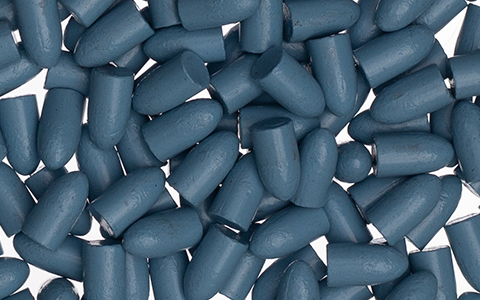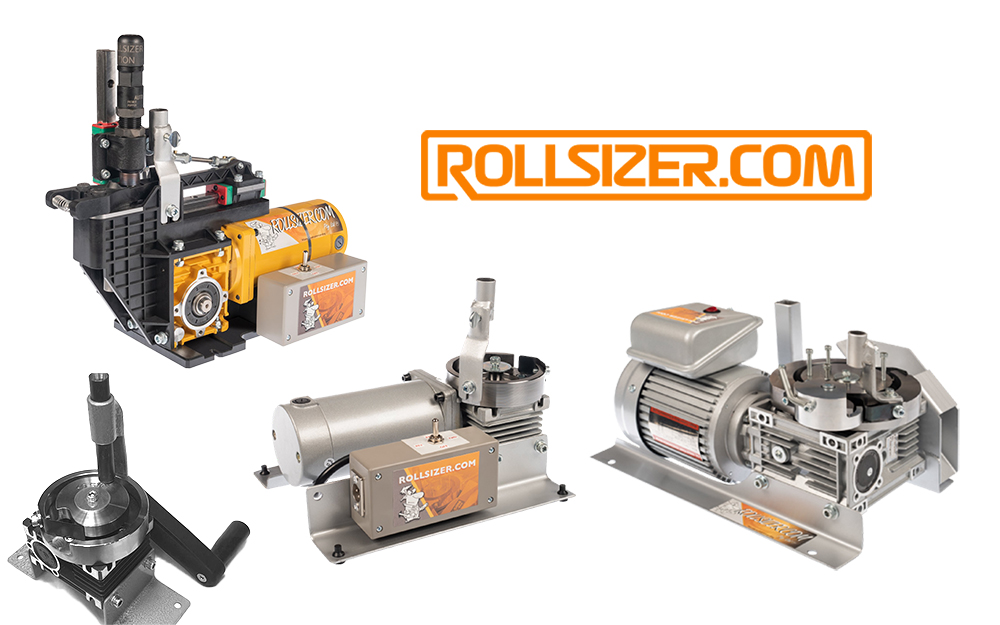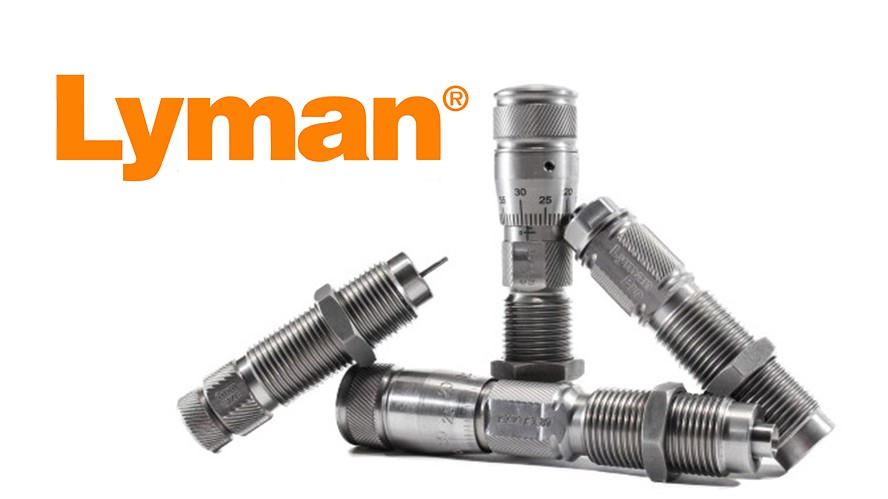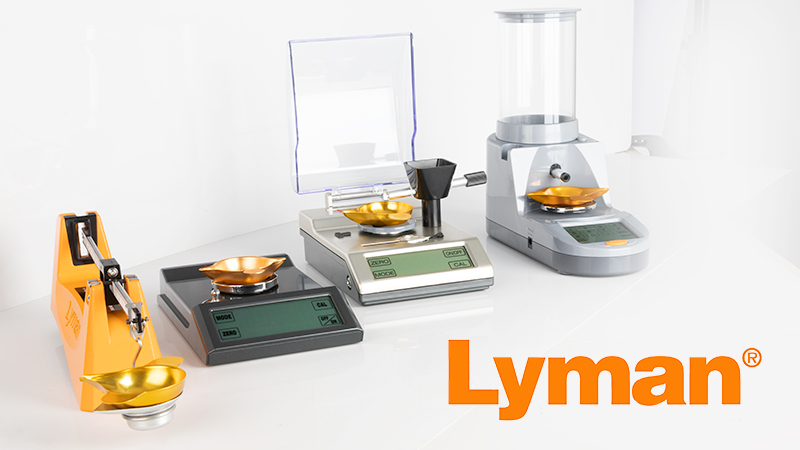BluePills Bullets Loading Advice

Loading Advice
Thanks for choosing BluePills! These match-grade, polymer-coated bullets are proudly brought to you by Shooting Stuff, exclusively in conjunction with Zero Mike Bullets: a winning team!
You may have heard that loading polymer-coated bullets is more difficult than loading plated or jacketed ones. While we can’t speak about every poly-coated bullet in the world, generally this isn’t true, and it is not true with BluePills!
Loading poly-coated bullets requires a slightly different set up to jacketed or plated bullets, and even to cast lead bullets, but poly-coated bullets are no more difficult to load. When switching to BluePills there are only three real changes you need to make to your reloading setup.
Firstly, much the same as for cast lead bullets, you want to bell the case a little more than you need to when loading jacketed bullets. Not blown up like a blunderbuss muzzle, just a little more belling. BluePills are made a little bigger in diameter than jacketed bullets, so you also want to avoid cutting or scratching the coating off the BluePills when seating the bullet into the cartridge case.
Second, you want to crimp the case mouth just enough! Just taking the bell out should be sufficient in most cases because the slightly bigger bullet diameter helps keep the bullet in place. You want to avoid crimping to the extent that the blue polymer coating is damaged as this would compromise our famous match-grade performance and, in extreme cases, could cause lead to build-up in your barrel. You don’t want that!
We suggest you load up a dummy round (no powder, no primer) when setting up your dies. Load a dummy and pull the bullet using your kinetic bullet puller. Check the bearing surface of the bullet for damage to the blue coating. You’re looking for damage like excessive scratches, cracked coating, flaking, etc. Make sure that the bullet’s shape hasn’t been deformed by the crimp, that there are no dents nor ditches in the bearing surface.
Adjust the dies to improve the settings, as required. Once you’re satisfied, make another dummy round, and load it in your pistol from the magazine a few times to check that it doesn’t set back after a few loadings. Adjust again, if required, and go back to pulling the bullet for further visual inspections.
These steps are a good idea with any bullets you use!
Thirdly, with everything being equal, you will likely need to use a little less propellant than with a plated or jacketed bullet. If you were previously loading cast lead bullets you may need to add a little propellant to the charge. Never just substitute the BluePills over your old propellant charge. Always follow safe reloading practices by starting at a safe load (10% lower is recommended) and working up to your desired velocity.
To measure is to know, so we recommend that you use a chronograph when developing loads. If you don’t have one, a chronograph is available at the Shooting Range @ Shooting Stuff, in Centurion.
BluePills are exclusively developed in conjunction with






